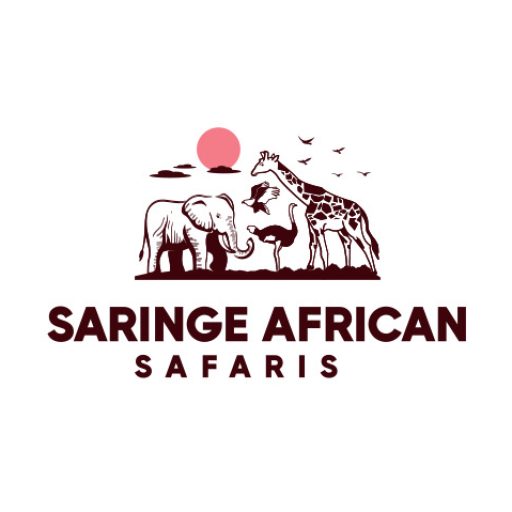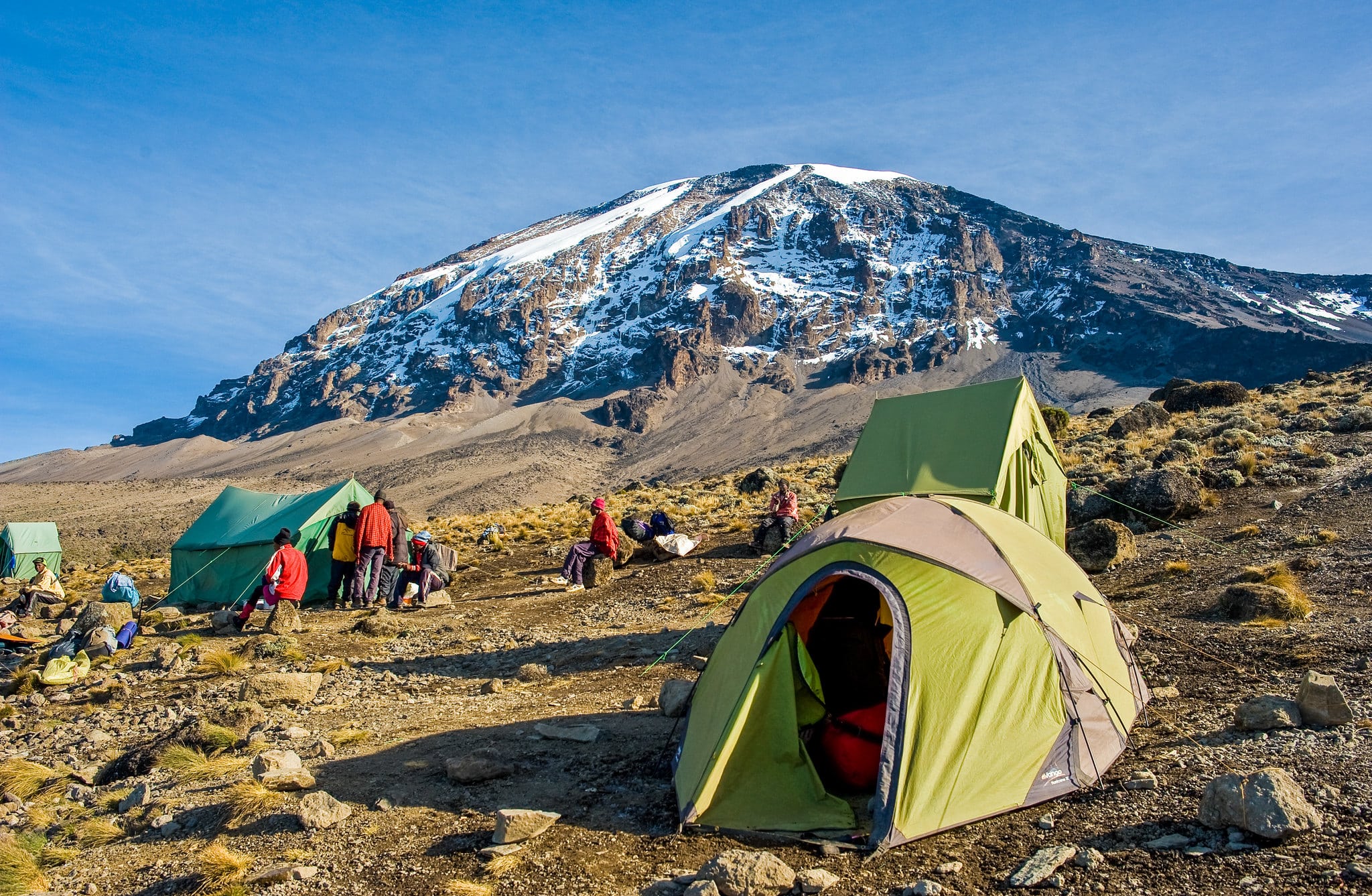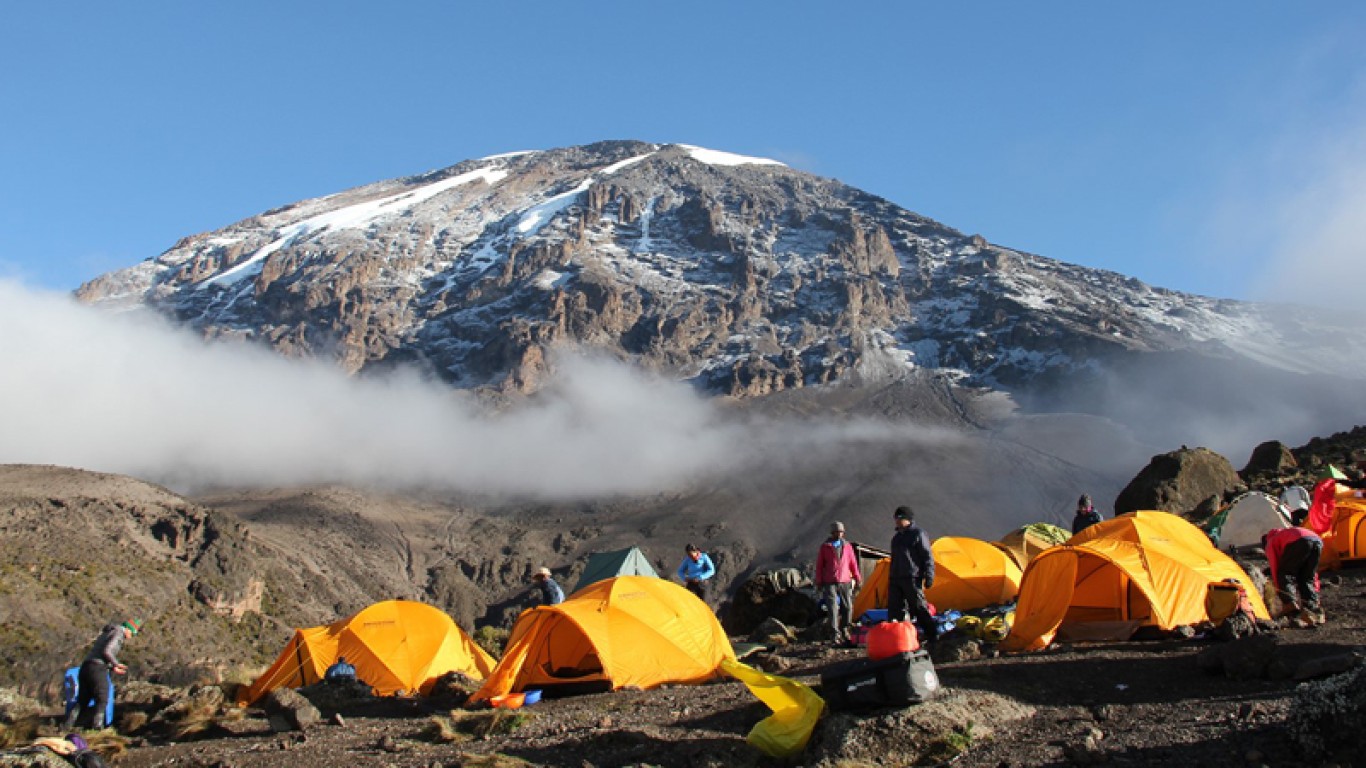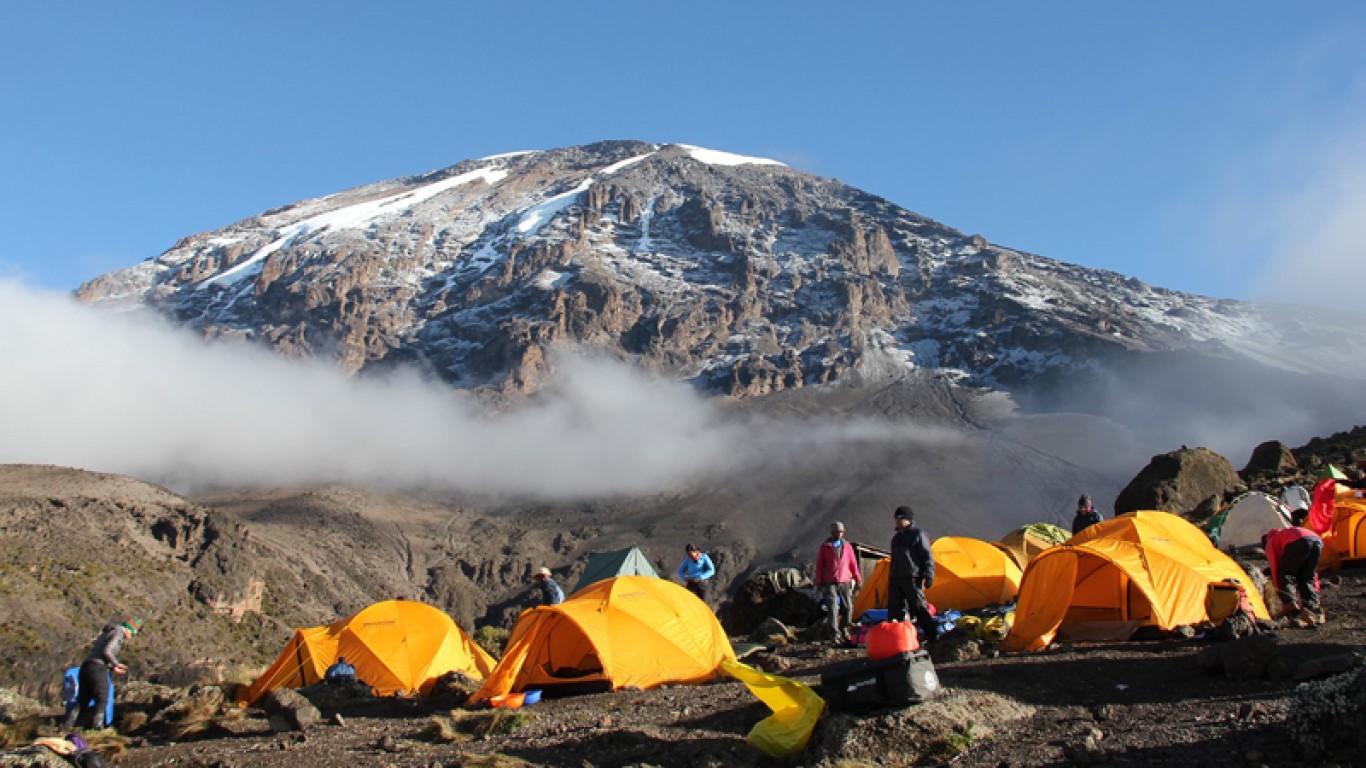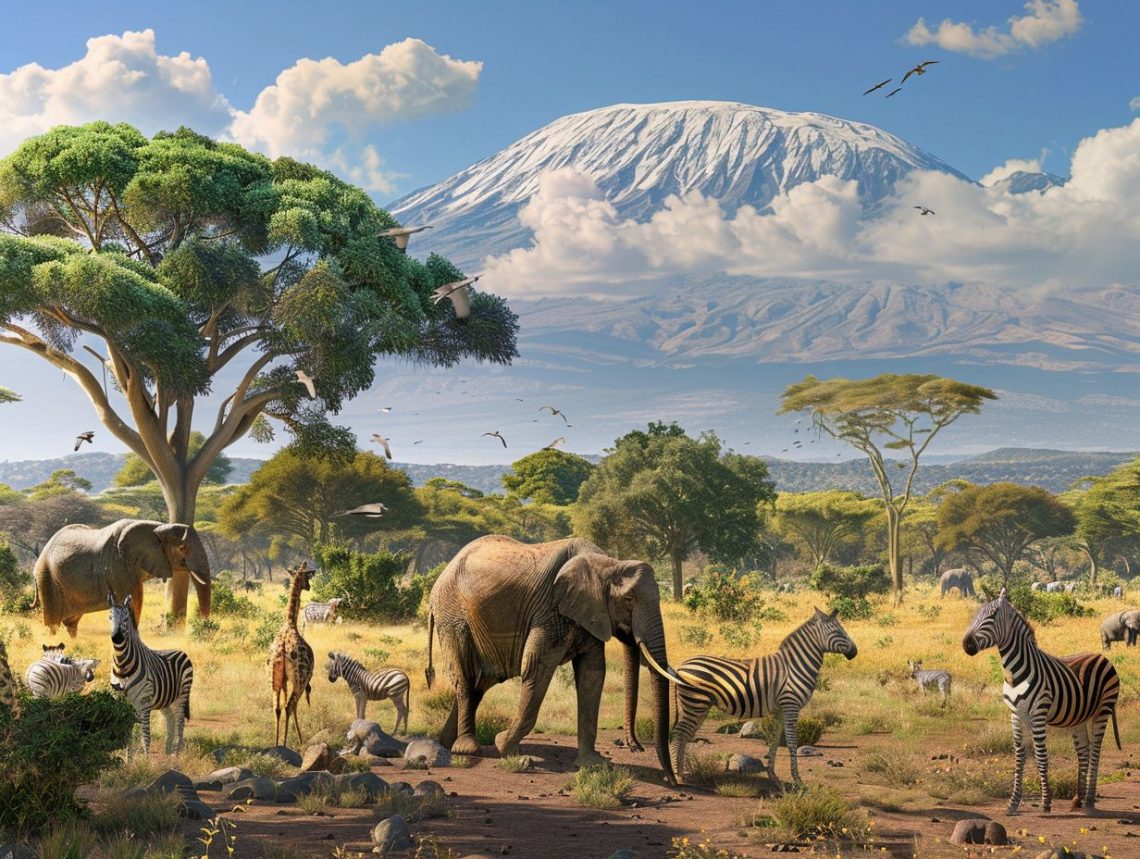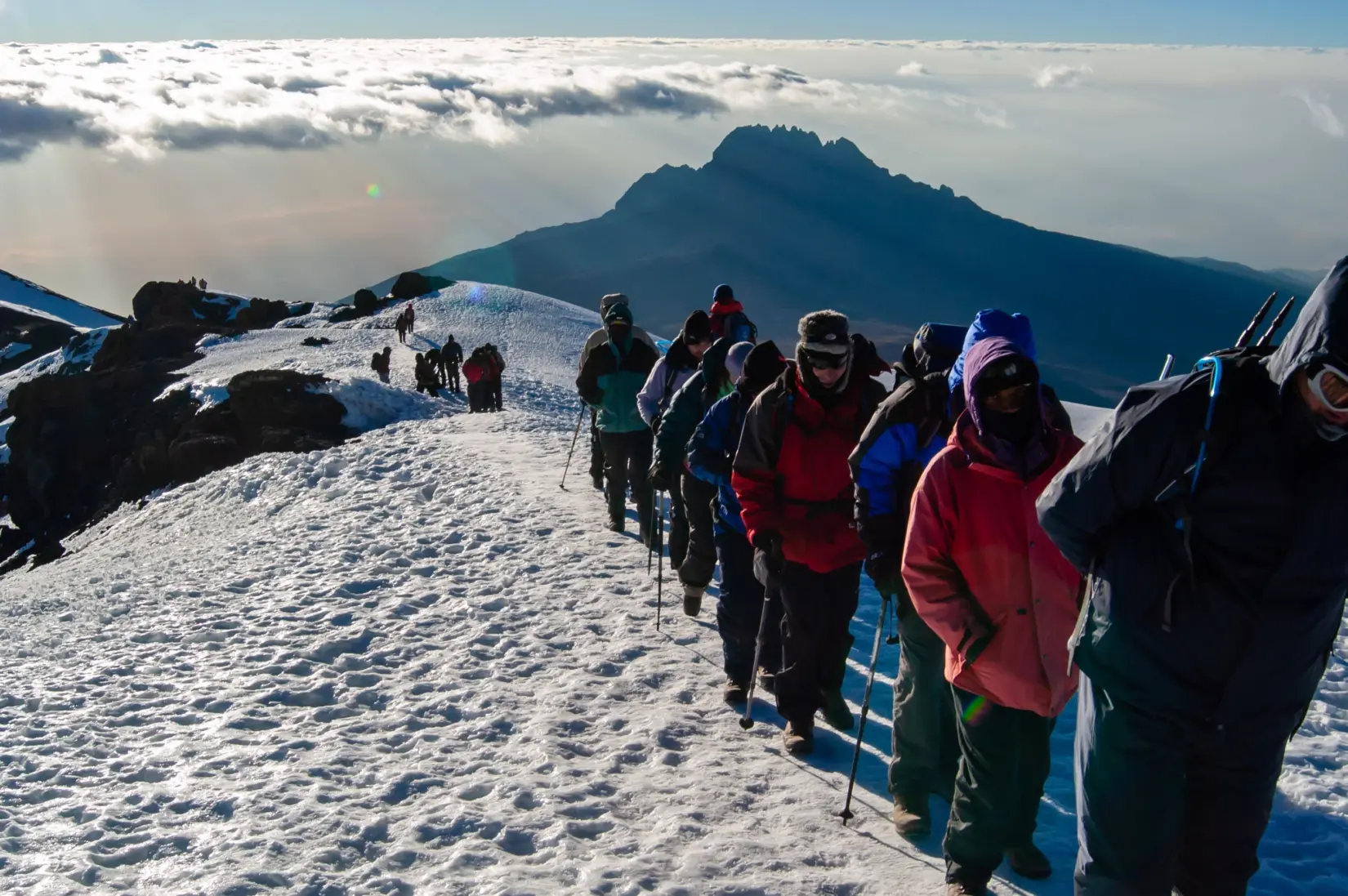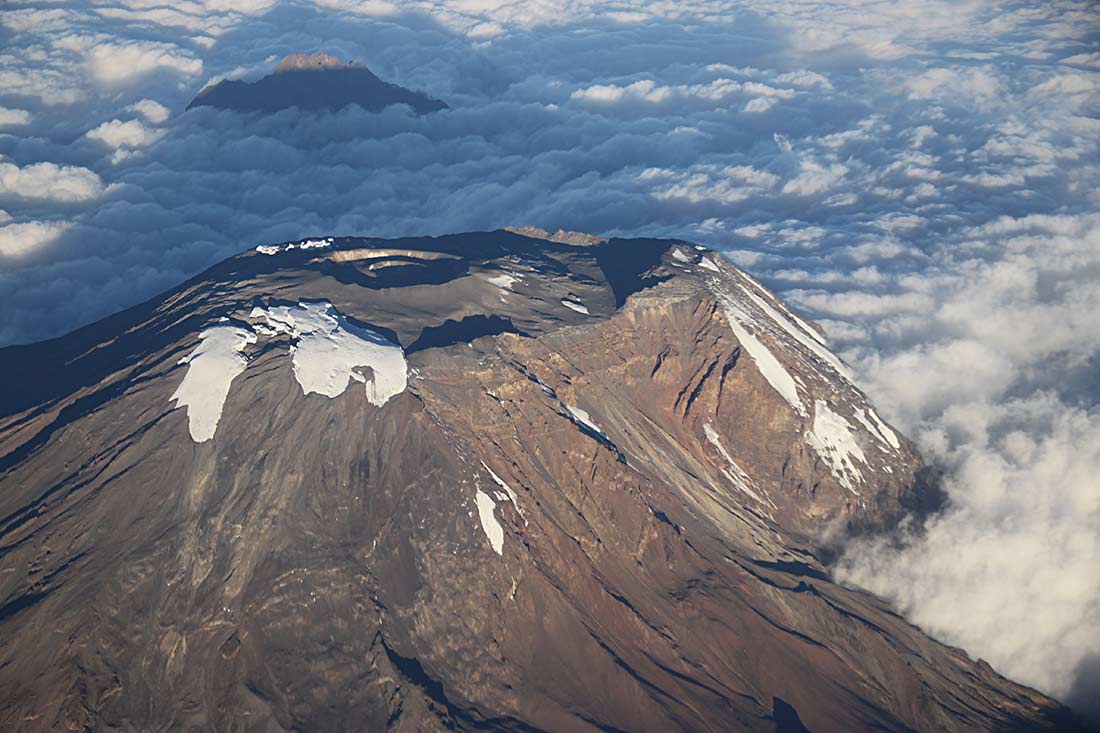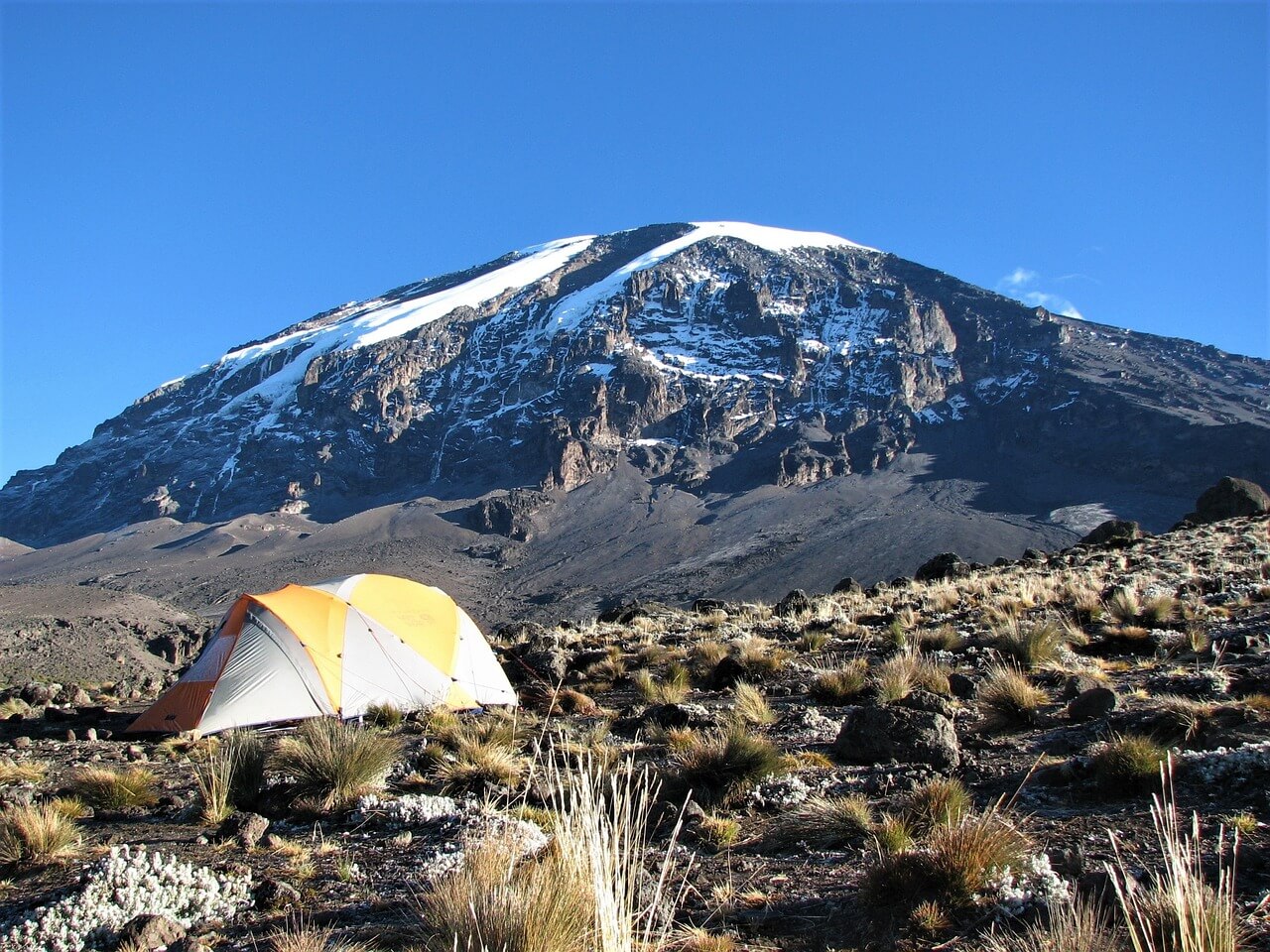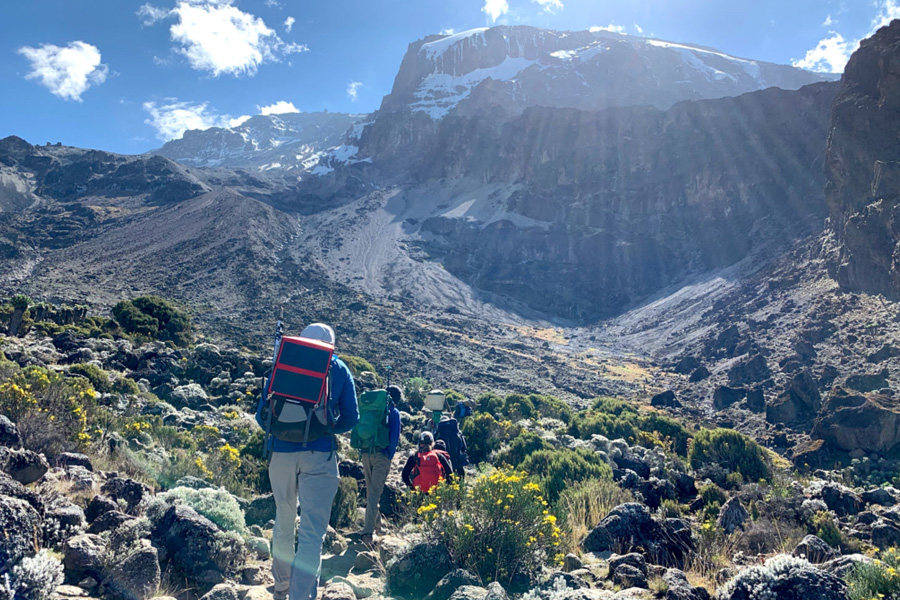Mount Kilimanjaro
Mount Kilimanjaro
Mount Kilimanjaro rises as an iconic monument on the Tanzanian horizon—standing as Africa’s highest peak at 5,895 m (19,341 ft) and the tallest freestanding mountain in the world. This dormant stratovolcano offers a trekking journey through five distinct ecological zones, ranging from humid rainforest and heathland to alpine desert and icy summit terrain. At the summit, Uhuru Peak—meaning “freedom” in Swahili—delivers a deeply moving sense of achievement, framed by panoramic views across the African plains and neighboring volcanic cones. With well-established routes, expert guides, and a strong safety record, Kilimanjaro remains one of the most accessible and motivational high-altitude adventures. It’s more than a climb—it’s a transformational journey across ecology, culture, and aspiration.
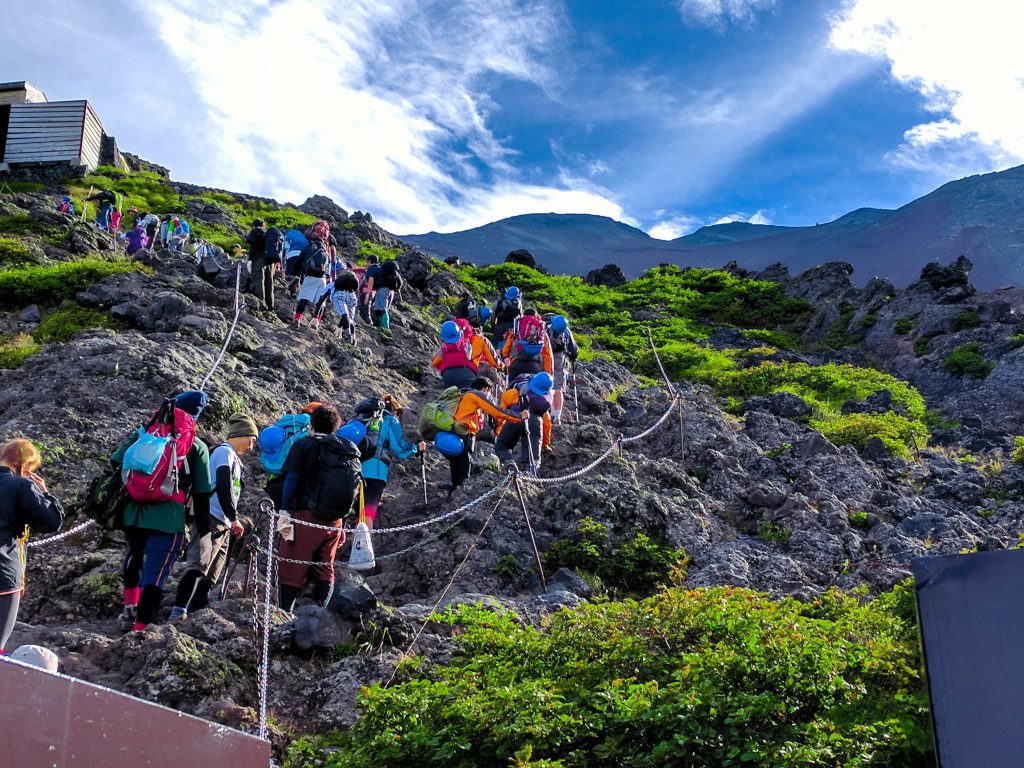
The Ultimate Panoramic Summit Experience
Reaching Uhuru Peak rewards climbers with sweeping views over Mawenzi and Shira cones, and dawn’s golden light spilling over the horizon. That moment above the clouds feels transcendent—a bucket-list experience that blends grandeur with personal triumph.
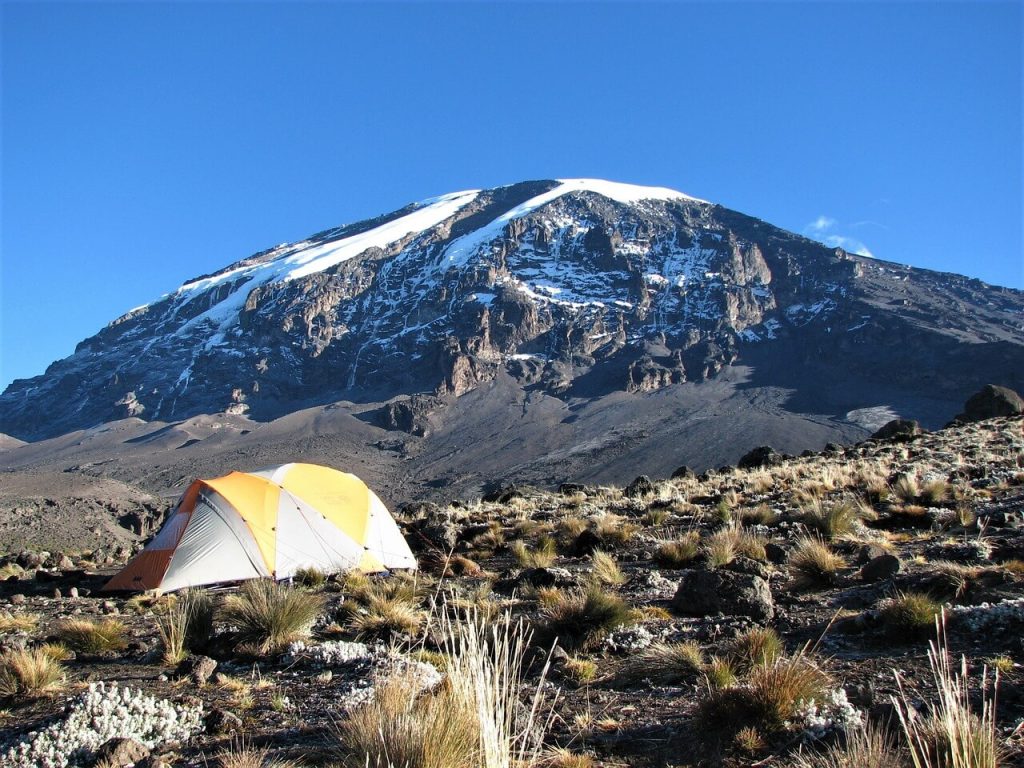
A Trek Through Five Ecological Zones
Each ascent day leads through changing ecosystems—rainforest alive with colobus monkeys; moorlands dotted with giant groundsels; alpine desert; and finally glaciers and icefields. This rich variety—from lush vegetation to stark frozen landscapes—makes every day a new discovery.
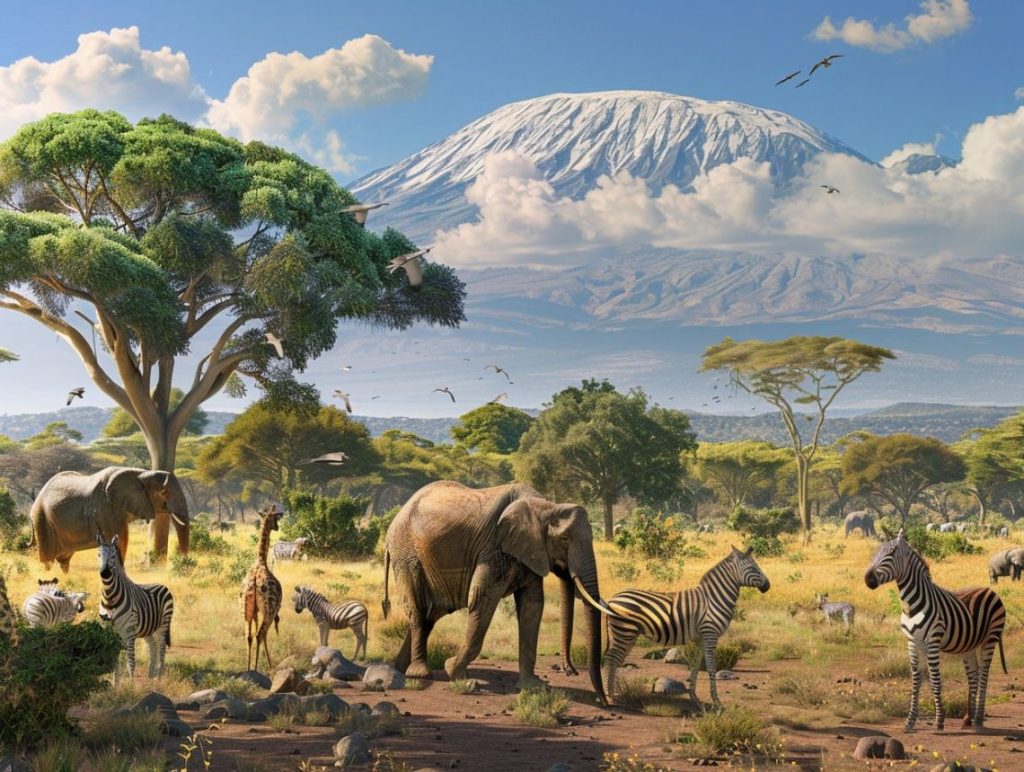
Rich Wildlife & Conservation Story
Kilimanjaro is home to 140 mammal species and nearly 180 bird species, including endemic wildlife like the Kilimanjaro white-eye and the giant groundsel. The mountain’s diverse habitats—from rainforest base to glacial summit—support a vibrant ecological mosaic that tightens the link between biodiversity and high-altitude survival.
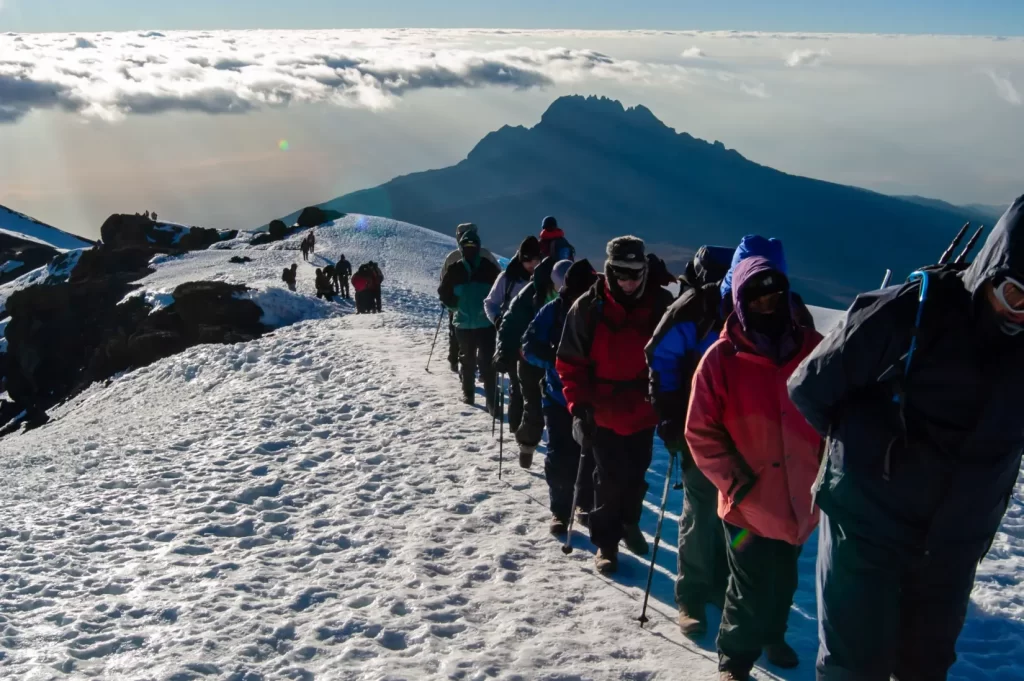
Personal Transformation & Triumph
Climbing Kilimanjaro is a deeply emotional journey—testing physical endurance, adaptability to altitude, and inner resilience. Meeting the challenge typically fosters personal growth, camaraderie with porters and guides, and a lasting connection with the natural world.
Overview of Kilimanjaro's Climbing Routes
Mount Kilimanjaro (5,895 m / 19,341 ft), located in Tanzania, can be ascended via six principal ascent routes, with the Mweka route used only for descent. All ascent trails converge onto a summit circuit before reaching Uhuru Peak
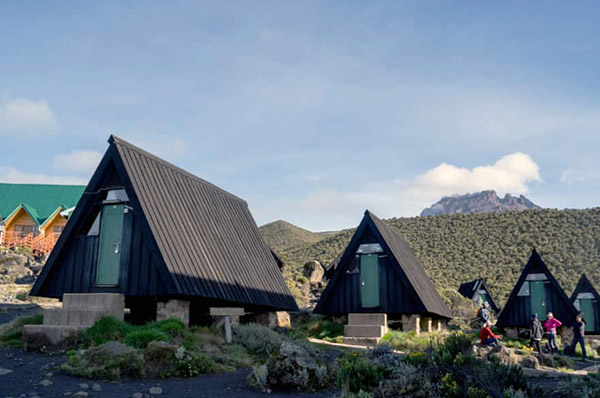
Marangu Route ("Coca Cola Route")
- Duration: 5–6 days
- Distance: ~64 km
- Accommodation: Hut-based (shared dormitories)
- Difficulty: Moderate; very crowded
- Success Rate: ~60–75%
- Pros: Easiest route and most comfortable
- Cons: Poor acclimatization, one path for both ascent and descent
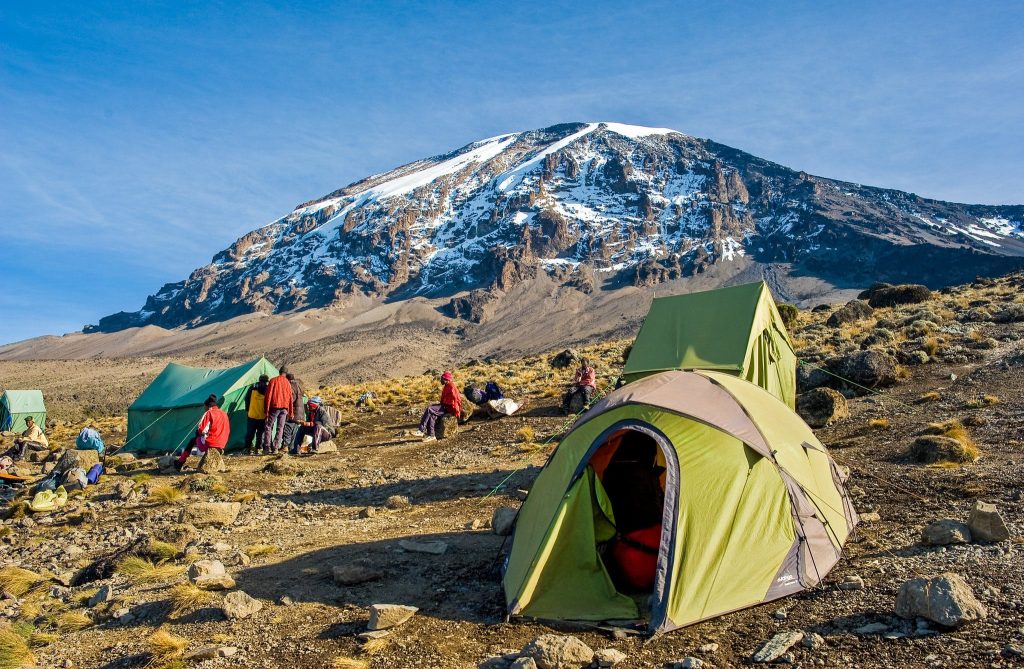
Machame Route ("Whiskey Route")
- Duration: 6–7 days
- Distance: ~49–62 km
- Accommodation: Tent-based
- Difficulty: Challenging; steep sections (Barranco Wall), scenic
- Success Rate: ~80–85%
- Pros: Excellent views, good acclimatization
- Cons: Popular (crowded camps), strenuous terrain

Lemosho Route
- Duration: 7–8 days
- Distance: ~56–70 km
- Accommodation: Tent-based
- Difficulty: Moderate; long, scenic, low traffic
- Success Rate: ~85–90%
- Pros: Outstanding scenery, great acclimatization, high summit rate
- Cons: More expensive, longer trip
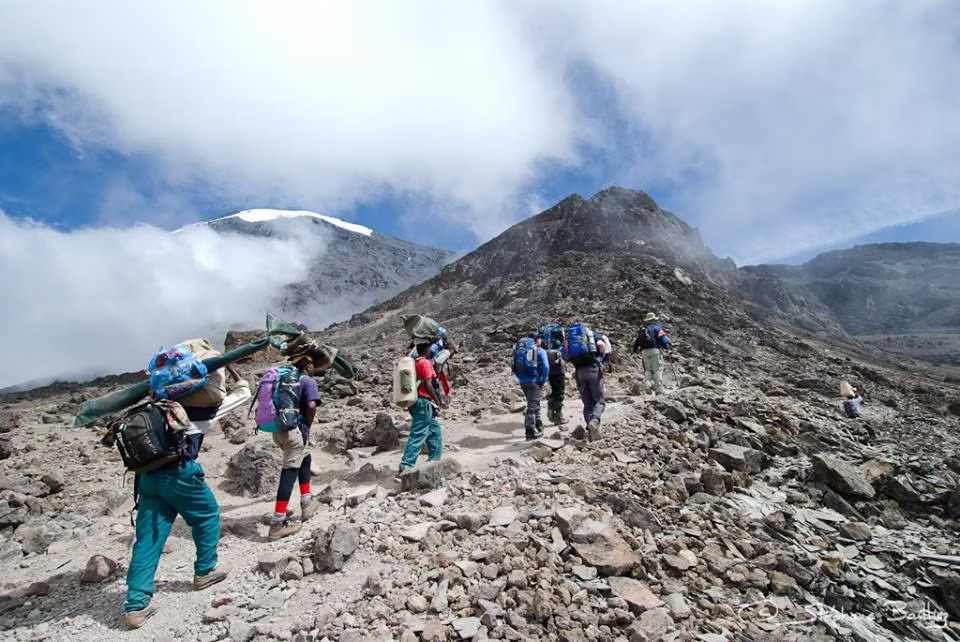
Rongai Route
- Duration: 6–7 days
- Distance: ~65–70 km
- Accommodation: Tent-based
- Difficulty: Moderate; northern approach, drier
- Success Rate: ~65–80%
- Pros: Remote, less crowded, ideal in rainy season
- Cons: Less scenic variety than western routes
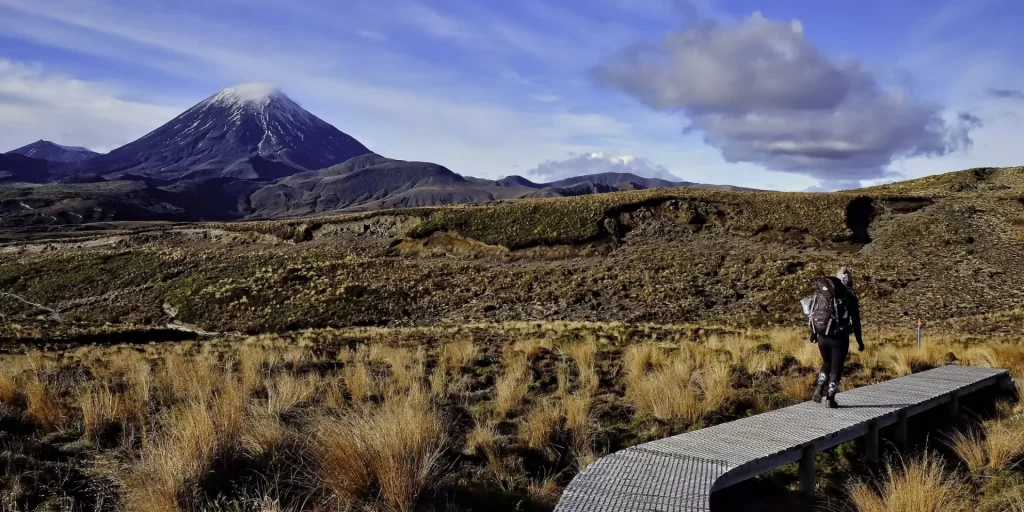
Northern Circuit Route
- Duration: 8–9 even up to 9 days
- Distance: ~90 km
- Accommodation: Tent-based
- Difficulty: Moderate; longest route, full mountain circuit
- Success Rate: ~90–95%
- Pros: Maximum acclimatization, 360° views, low traffic
- Cons: Most costly and time‑intensive
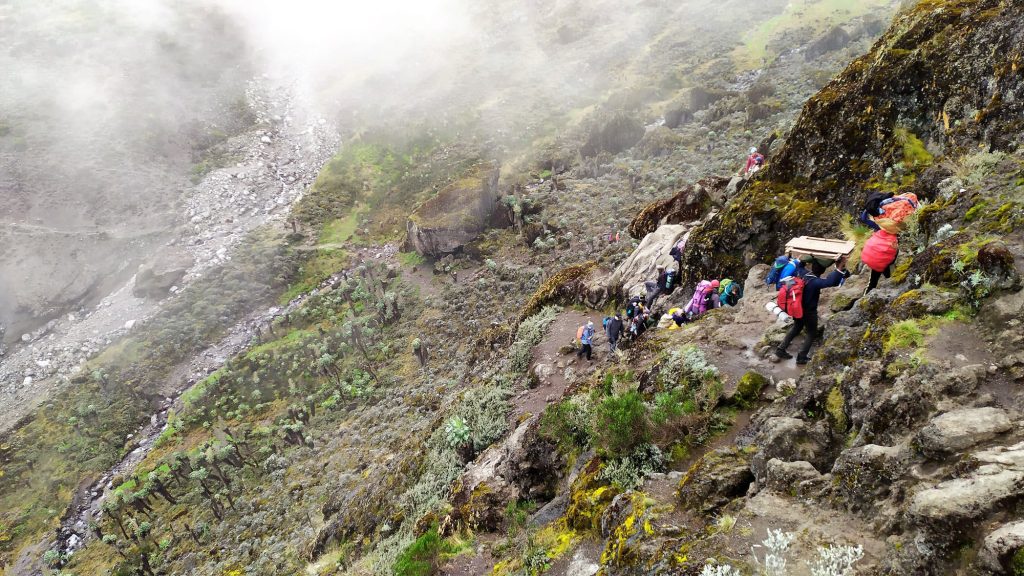
Umbwe Route
- Duration: 6–7 days
- Distance: ~37–53 km
- Accommodation: Tent-based
- Difficulty: Very difficult, steepest and most direct
- Success Rate: ~45–60%
- Pros: Remote and dramatic landscapes
- Cons: Poor acclimatization, suitable only for fit, experienced climbers

Shira Route
- Duration: 6–8 days
- Distance: ~56 km
- Accommodation: Tent-based
- Difficulty: Challenging; starts at high altitude
- Success Rate: ~60–75%
- Pros: Scenic traverse of Shira Plateau
- Cons: Fast ascent early, less time to acclimatize
Summit & Descent Options
After joining the summit circuit, climbers typically ascend via:
- Barafu Route (common for Machame, Umbwe, Lemosho)
- Kibo Hut Route (used by Marangu, Rongai)
- Or the more technical Western Breach, accessible from Lemosho and other western routes. It is shorter but riskier due to rockfall and glacial exposure
Descent routes:
- Mweka route for those who ascended via tent routes (Machame, Umbwe, Shira, Lemosho)
- Marangu route for those coming up via Marangu or Rongai
